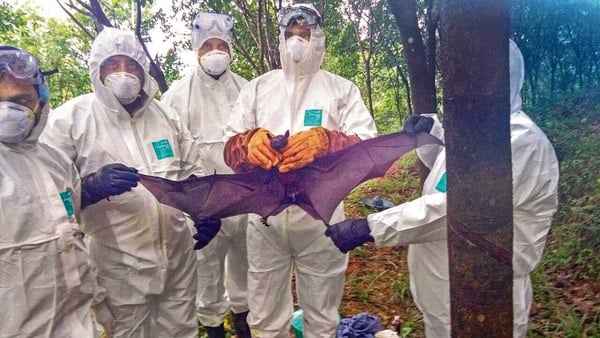Understanding the Nipah Virus and Its Impact in 2023

The Importance of Understanding Nipah Virus
The Nipah virus has emerged as a significant public health threat, particularly highlighted by recent outbreaks in India. As a zoonotic virus, it poses severe risks to both human and animal populations, making the understanding of its transmission and prevention crucial as it can lead to fatal encephalitis in affected individuals.
Recent Developments and Outbreaks
In 2023, India experienced a concerning outbreak of the Nipah virus, particularly in the state of Kerala. This incident echoed the memory of previous outbreaks, especially those that occurred in 2018 and 2019, which caused alarm regarding its potential for rapid transmission and high mortality rates. The recent cases were reported after the disease was confirmed in several patients showing symptoms of severe neurological distress. The state’s health department reported strict containment measures and contact tracing as response actions.
Transmission and Symptoms
The Nipah virus is primarily transmitted through direct contact with infected bats or pigs, or through consumption of contaminated food products. Human-to-human transmission is also possible, which complicates its containment. Symptoms can range from mild flu-like signs to severe encephalitis, leading to coma or even death in some cases. Early detection and supportive care are critical, yet the absence of a specific treatment or vaccine presents severe challenges for health officials.
Public Health Response
The Indian government has mobilised health officials and resources to combat the outbreak. This includes rigorous screening procedures at hospitals and public awareness campaigns to educate the populace about preventive measures. Health officials encourage individuals to avoid contact with fruit bats and to refrain from consuming raw date palm sap, known carriers of the virus. Furthermore, healthcare centres have been equipped to handle critical cases and to provide isolation for suspected infections.
Conclusion and Outlook
The Nipah virus serves as a stark reminder of the unpredictability of zoonotic diseases, which can pose severe health risks to global populations. With the current outbreak being monitored closely, ongoing public awareness, research into vaccine development, and international cooperation will be vital in managing not just this outbreak but future incidences. Vigilance and timely intervention can potentially mitigate high mortality rates, ensuring community health and safety in the long run.









